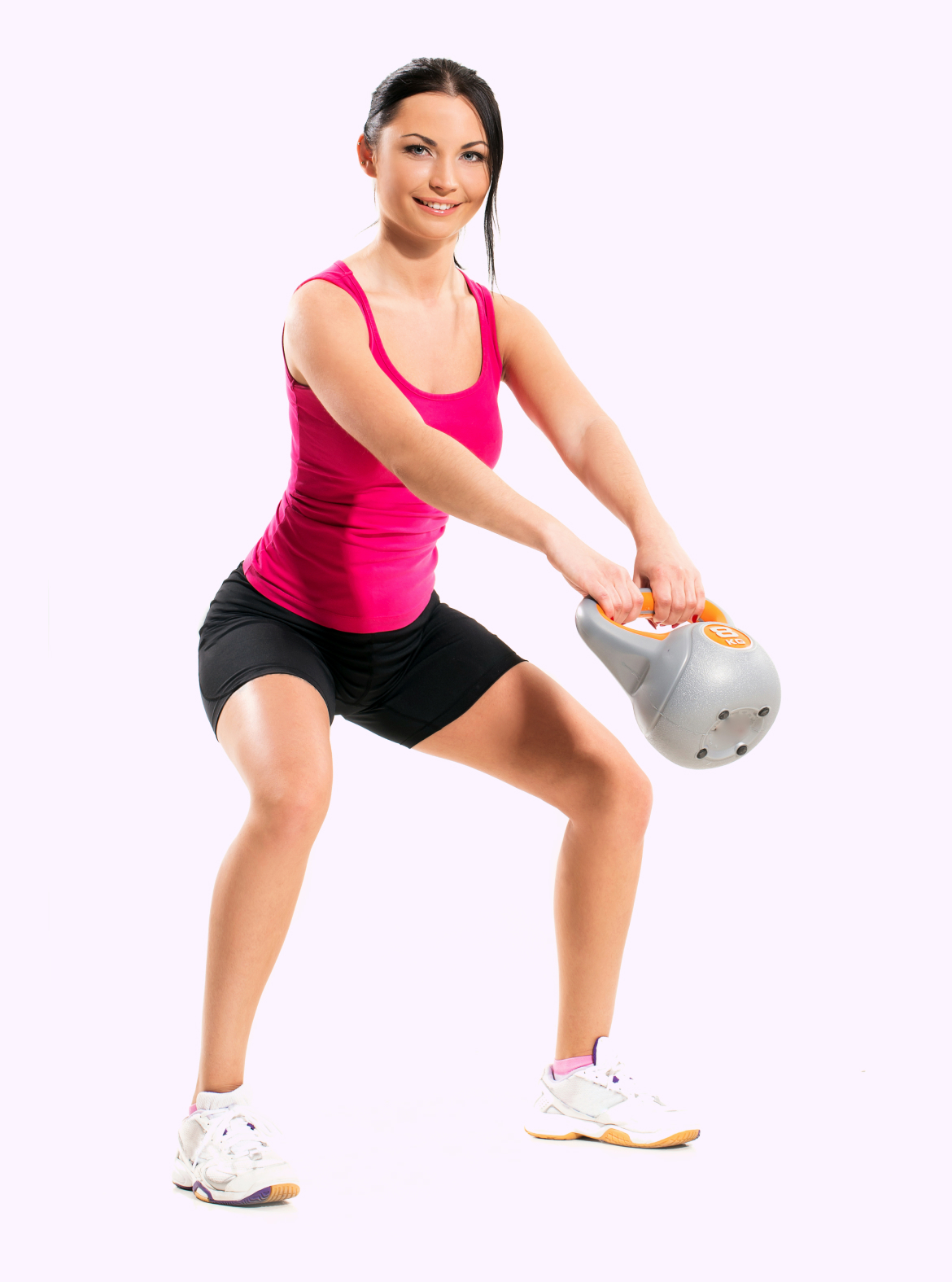

|
2 x - 30 kg |
|---|
| 30 s |
The kettlebell deadlift is a lower body exercise that targets the hamstrings, glutes, lower back, and core. Here's how to perform a kettlebell deadlift with proper form:
Setup:
Stand with your feet hip-width apart, with your toes pointing forward. Place a kettlebell on the ground between your feet.
Engage your core by bracing your abs.
Execution: 3. Bend at your hips and knees to lower your body and grasp the kettlebell handle with both hands. Your back should remain flat, and your chest should be up. Keep your arms extended.
Ensure your grip on the kettlebell is firm and secure.
With a straight back and engaged core, push through your heels and lift the kettlebell by extending your hips and knees. Stand up straight.
As you reach the upright position, squeeze your glutes and stand tall, maintaining a neutral spine.
Lowering the Kettlebell: 7. To lower the kettlebell, hinge at your hips and bend your knees while maintaining a neutral spine.
Repeat: 9. Perform the desired number of repetitions. Typically, aim for 10-15 repetitions to promote muscle growth, but you can adjust based on your fitness level and goals.

Maintain Proper Form: Focus on maintaining a neutral spine throughout the exercise. Your back should stay flat, and your chest should be up. Avoid rounding your back.
Hip Hinge: The kettlebell deadlift is all about the hip hinge. Your hips should move backward as you lower your body to reach the kettlebell, and they should move forward as you stand up. Imagine pushing your hips back and then pushing them forward.
Keep the Kettlebell Close: When lifting the kettlebell, keep it close to your body to minimize stress on your lower back.
Engage Your Core: Your core muscles play a crucial role in stabilizing your spine. Keep your core engaged throughout the exercise to protect your lower back.
Use Your Hips and Glutes: Focus on using your hips and glutes to lift the kettlebell, rather than relying on your lower back.
Breathing: Inhale before lifting the kettlebell, and exhale as you lift it.
Start with a Light Weight: If you're new to kettlebell deadlifts, begin with a light weight to practice your form and gradually increase the weight as you become more comfortable.
Warm-Up: Always warm up before performing heavy deadlifts to prevent injury.
Rest Between Sets: Allow sufficient rest between sets to recover and maintain proper form.